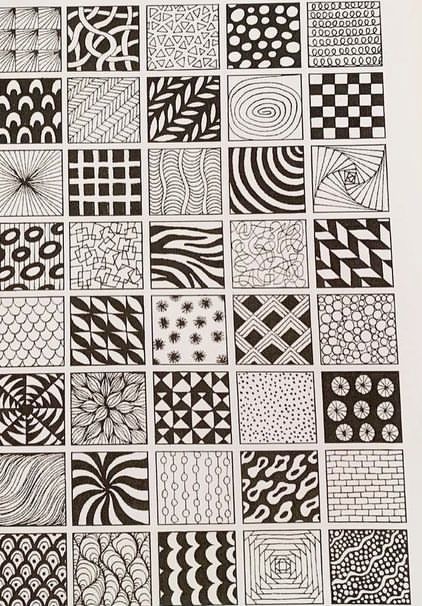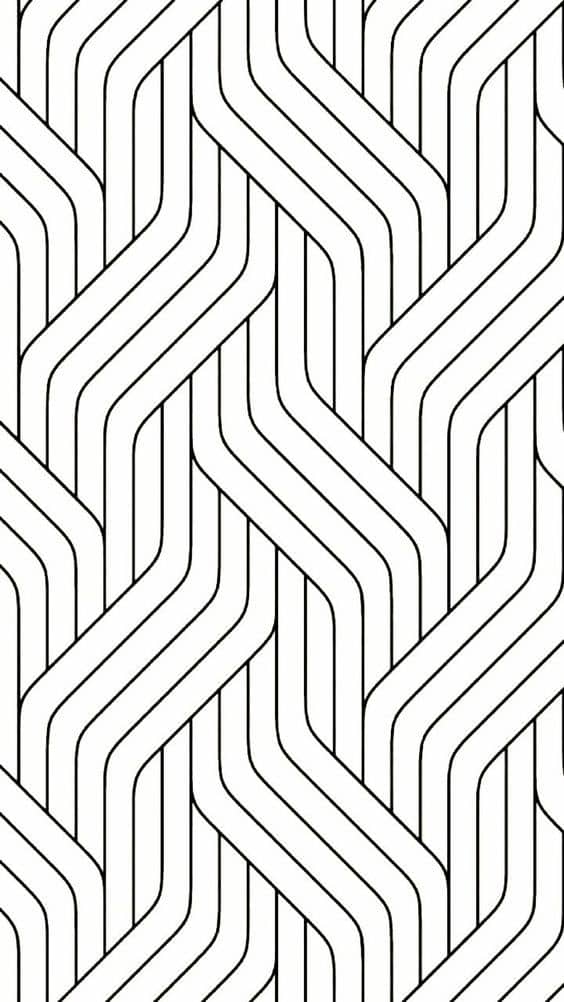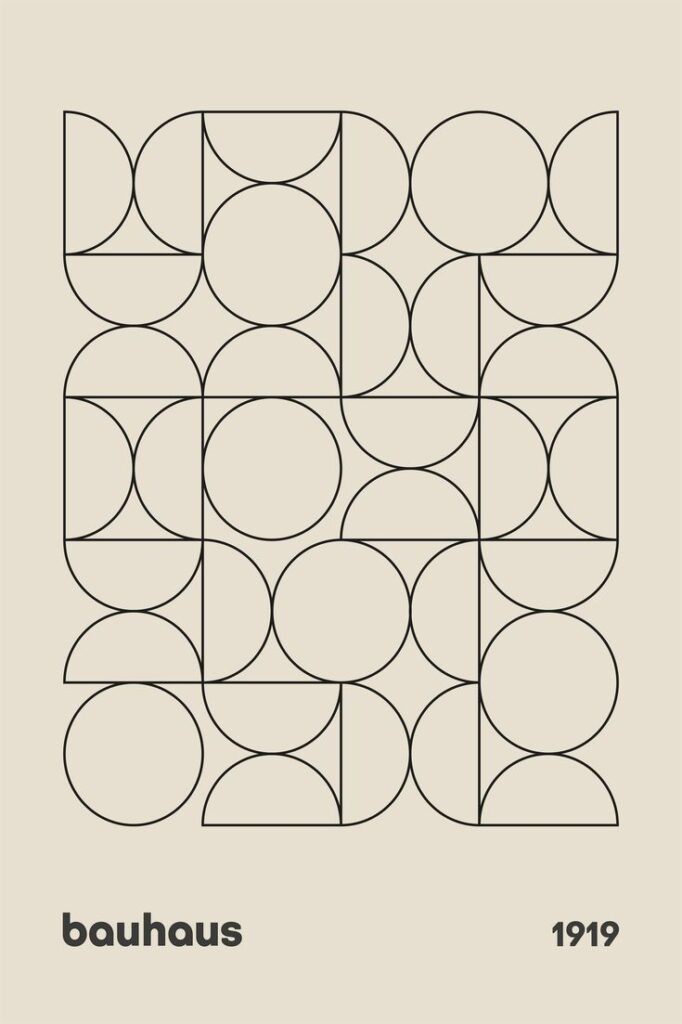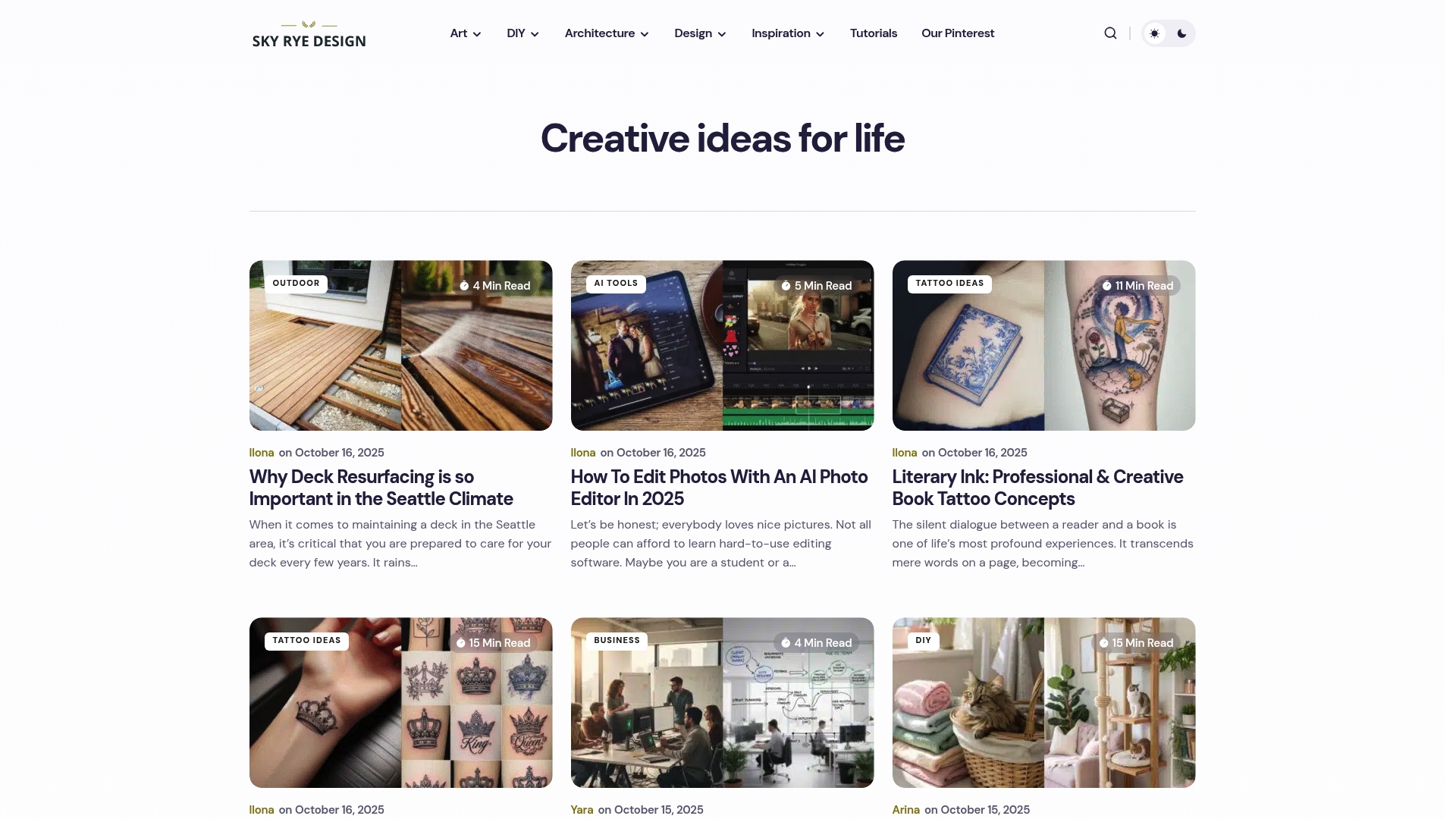Nearly every visual experience you remember contains some element of pattern, yet many people overlook how essential these repeating designs are for effective communication. Research shows that patterns serve as more than decoration, bringing structure and order to chaos while influencing how we interpret and enjoy visual content. Whether you notice it or not, thoughtful pattern design shapes movement, mood, and meaning across everything from websites to interiors to everyday objects.

Table of Contents
- Defining Patterns And Their Design Importance
- Major Pattern Types In Creative Design
- How Patterns Influence Visual Perception
- Applications Of Patterns In Interior And Digital Design
- Common Mistakes When Using Patterns
Key Takeaways
| Point | Details |
|---|---|
| Functionality of Patterns | Patterns offer visual harmony, guide viewer perception, and communicate complex ideas effectively. |
| Types of Patterns | Geometric, organic, and abstract patterns serve distinct visual and emotional purposes in design. |
| Influence on Perception | Patterns shape how viewers interpret visuals, creating cognitive shortcuts and emotional responses. |
| Common Design Mistakes | Overcrowding, misapplication of pattern types, and neglecting scale can undermine visual effectiveness. |
Defining Patterns and Their Design Importance
A pattern represents a powerful visual language in design, characterized by systematic repetition of colors, shapes, or lines that create rhythm and cohesive visual experiences. According to research from AN Design Academy, patterns are fundamental graphic design elements that transform simple arrangements into compelling visual narratives.
Patterns serve multiple crucial design functions beyond mere decoration. They create visual harmony, establish visual hierarchy, and guide a viewer’s eye through a composition. By strategically repeating specific design elements, designers can achieve balance, generate movement, and communicate complex ideas through structured visual arrangements. Rhythm emerges naturally when patterns are thoughtfully constructed, providing predictability and aesthetic pleasure.
Design professionals recognize patterns as more than aesthetic tools. As noted by design research, patterns provide proven solutions to common design challenges, organizing design intelligence into standardized formats. They ensure consistency across design systems and can become foundational standards for visual communication.

- Patterns create visual rhythm
- They establish design consistency
- Patterns guide viewer perception
- They communicate complex ideas through structured repetition
Major Pattern Types in Creative Design
Creative design encompasses a rich spectrum of pattern types, each bringing unique visual characteristics and emotional resonance. According to research from Number Analytics, patterns can be broadly categorized into three primary classifications: geometric, organic, and abstract patterns, each offering designers distinctive tools for visual communication.
Geometric patterns represent the most structured design approach, featuring precise shapes like circles, triangles, and squares arranged in systematic, repeating sequences. These patterns create visual stability and mathematical precision. Mock The Agency highlights how geometric designs can transform simple shapes into complex, engaging visual experiences, utilizing grids and tessellations to generate rhythm and predictability.
In contrast, organic patterns draw inspiration directly from nature’s abundant forms. These patterns incorporate elements mimicking plants, animal textures, and natural landscapes. They introduce softness, fluidity, and a sense of natural movement into design compositions. Organic patterns often evoke emotional responses by connecting viewers with familiar, comforting natural imagery.
Abstract patterns represent the most experimental and expressive category. Characterized by fluid, less-defined forms, these patterns push creative boundaries and communicate complex ideas through unconventional visual languages. They’re particularly prevalent in contemporary art, digital design, and creative industries seeking to establish unique visual identities.
- Geometric patterns provide structural precision
- Organic patterns connect with natural forms
- Abstract patterns offer experimental expression
- Each pattern type communicates differently
Here’s a summary of the three major pattern types in creative design:
| Pattern Type | Key Characteristics | Common Uses |
|---|---|---|
| Geometric | Structured shapes Predictable Precise arrangement | Graphic design Branding Architecture |
| Organic | Nature-inspired Fluid lines Soft edges | Interior decor Textiles Illustration |
| Abstract | Expressive Experimental Non-representational | Contemporary art Digital media Fashion |
How Patterns Influence Visual Perception
Visual perception is profoundly shaped by patterns, functioning as complex psychological and neurological triggers that guide how humans interpret and understand visual information. Patterns provide cognitive shortcuts, helping our brains quickly process and make sense of intricate visual environments by establishing predictable rhythms and structures.
Research into fractal patterns reveals fascinating insights into human visual experience. According to studies on fractal art, patterns found universally in nature repeat self-similarly across different scales, creating visual experiences that can dramatically impact human emotional and physiological responses. These recursive patterns can actually reduce visual strain and psychological stress, tapping into our innate biological connection with natural design principles.


The International Typographic Style demonstrates how intentional pattern design can fundamentally alter visual perception. By emphasizing asymmetric layouts, consistent grids, and structured typography, these design principles create visual experiences that prioritize clarity, objectivity, and systematic information processing. Such deliberate pattern arrangements guide viewers’ eyes, establish hierarchical understanding, and communicate complex ideas through seemingly simple visual structures.
Patterns operate as powerful communication tools, transcending mere aesthetic considerations. They serve as sophisticated visual languages that:
- Create cognitive navigation paths
- Establish emotional resonance
- Reduce cognitive load
- Communicate complex ideas efficiently
Applications of Patterns in Interior and Digital Design
Pattern design serves as a powerful transformative tool across multiple creative domains, bridging aesthetic expression and functional communication in both interior spaces and digital environments. Designers leverage patterns to create meaningful visual experiences that transcend mere decorative elements.
In interior design, contemporary trends are embracing patterns that blend timeless elements with modern interpretations. According to Homes & Gardens, 2025 design forecasts highlight the resurgence of classic patterns like stripes and checks, which bring structural energy and visual dynamism to living spaces. Nature-inspired designs, including botanical and woodland motifs, are particularly prominent, offering spaces a sense of tranquility and connection to natural environments.


Digital design applications of patterns extend far beyond visual aesthetics. As explained by GeeksforGeeks, structural design patterns are crucial in how digital systems compose classes and objects to create larger, more complex functional structures. These patterns enable independently developed software libraries to work together seamlessly, providing scalable and maintainable technological solutions that form the backbone of modern digital experiences.
The versatility of patterns manifests across disciplines through their ability to:
- Communicate complex ideas visually
- Create emotional and psychological responses
- Provide structural and organizational frameworks
- Bridge aesthetic and functional design requirements
Common Mistakes When Using Patterns
Pattern design requires nuanced understanding and strategic implementation. Even experienced designers can fall into common traps that undermine the effectiveness of their visual compositions, turning potentially powerful design elements into distracting or confusing visual experiences.
According to Color Alchemy’s research on surface pattern design, one critical mistake involves mishandling hero patterns. These standout design elements can quickly transform from focal points to visual noise when overused or improperly balanced. The key is creating harmony between hero patterns and supporting design elements, ensuring that dominant patterns don’t overwhelm the entire composition.
Julianna Kunstler’s research highlights another frequent design error: misapplying pattern types. Different pattern categories like linear, radial, and grid patterns serve specific visual purposes. Using a radial pattern where a linear pattern would be more appropriate, for instance, can dramatically disrupt the intended visual flow and communication. Designers must understand the inherent characteristics and strengths of each pattern type to create cohesive and intentional visual narratives.
Common pattern design pitfalls include:
- Overcrowding designs with competing patterns
- Ignoring scale and proportion
- Failing to consider color interaction
- Neglecting the space between pattern elements
- Forcing patterns where they don’t naturally belong
Elevate Your Creative Vision with Thoughtful Pattern Design
Struggling to bring harmony and intention to your design projects can leave your work feeling chaotic or uninspired. This article highlights how understanding key pattern types like geometric, organic, and abstract can transform your visuals by establishing rhythm, reducing cognitive load, and guiding viewer perception. At Skyrye Design, we know the challenge of balancing hero patterns with supporting elements while avoiding common pitfalls such as overcrowding and misplaced scales.

Discover practical inspiration and expert tips to master pattern use in your home, art, or digital creations by exploring our rich collection of creative ideas. Take control of your design narrative today and create spaces and visuals that truly resonate and communicate complex ideas with clarity. Start your journey now by visiting Skyrye Design and dive into our detailed design tutorials that help you apply pattern principles effectively. Unlock your creative potential and transform your projects with confidently crafted patterns.
Frequently Asked Questions
What are the main types of patterns used in design?
The three main types of patterns used in design are geometric, organic, and abstract patterns. Each type offers unique characteristics and serves different visual communication purposes.
How do patterns influence viewer perception in design?
Patterns influence viewer perception by creating cognitive shortcuts that help the brain process visual information more efficiently. They establish predictability, create emotional resonance, and guide the viewer’s eye throughout a composition.
What are common mistakes to avoid when using patterns in design?
Common mistakes include overcrowding designs with competing patterns, misapplying pattern types, failing to consider scale and proportion, neglecting color interactions, and forcing patterns into inappropriate contexts.
How can patterns enhance emotional responses in design?
Patterns can enhance emotional responses by incorporating familiar forms from nature (organic patterns), creating structured experiences (geometric patterns), or pushing creative boundaries (abstract patterns), thereby connecting viewers to the themes or feelings the design aims to convey.
Recommended
- 7shares
- Facebook0
- Pinterest7
- Twitter0


